Red & Blue - A Fresh Take on a Classic Combo
When we think about colour combinations that have stood the test of time, red and blue immediately come to mind. This dynamic duo has been a staple in fashion, interiors and design for generations, beloved for it's boldness and versatility. The addition of white to this mix brings a fresh, clean feel creating a timeless trio that’s both classic and contemporary. But while the traditional red, white and blue combination is always in style, there are many ways to reinvent this palette by exploring different tones, textures and complementary colours.
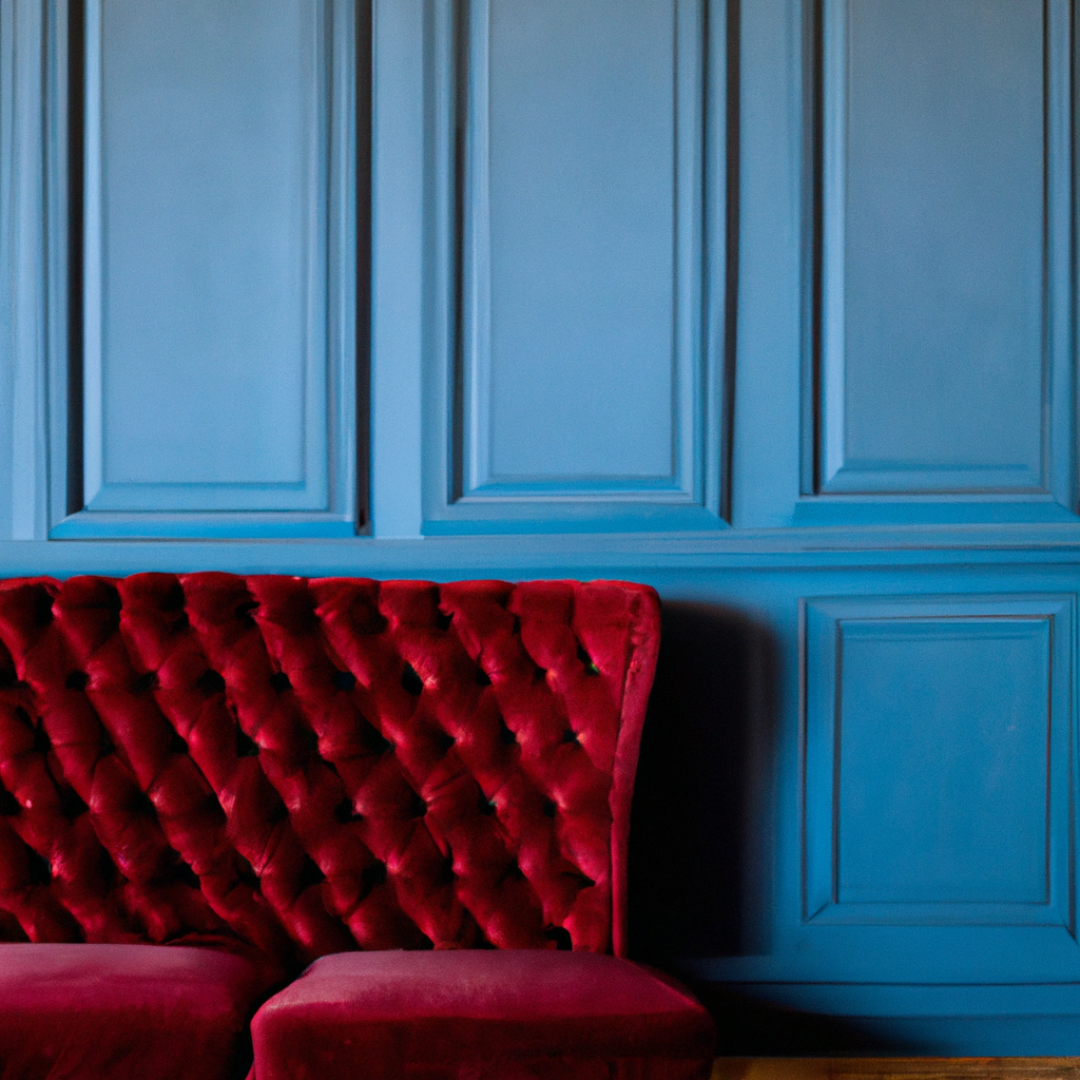
Deep Reds and Dark Blues: A Bold, Complementary Palette
Let’s start with a rich, dramatic interpretation of red and blue. In the photo below, you’ll see a stunning floral arrangement featuring deep red and dark blue flowers, set against a backdrop of dark green foliage. This combination works beautifully because the tones are deep and complementary, creating a sense of harmony and balance despite the boldness of the colours. The deep red brings warmth and intensity, while the dark blue adds depth and sophistication.
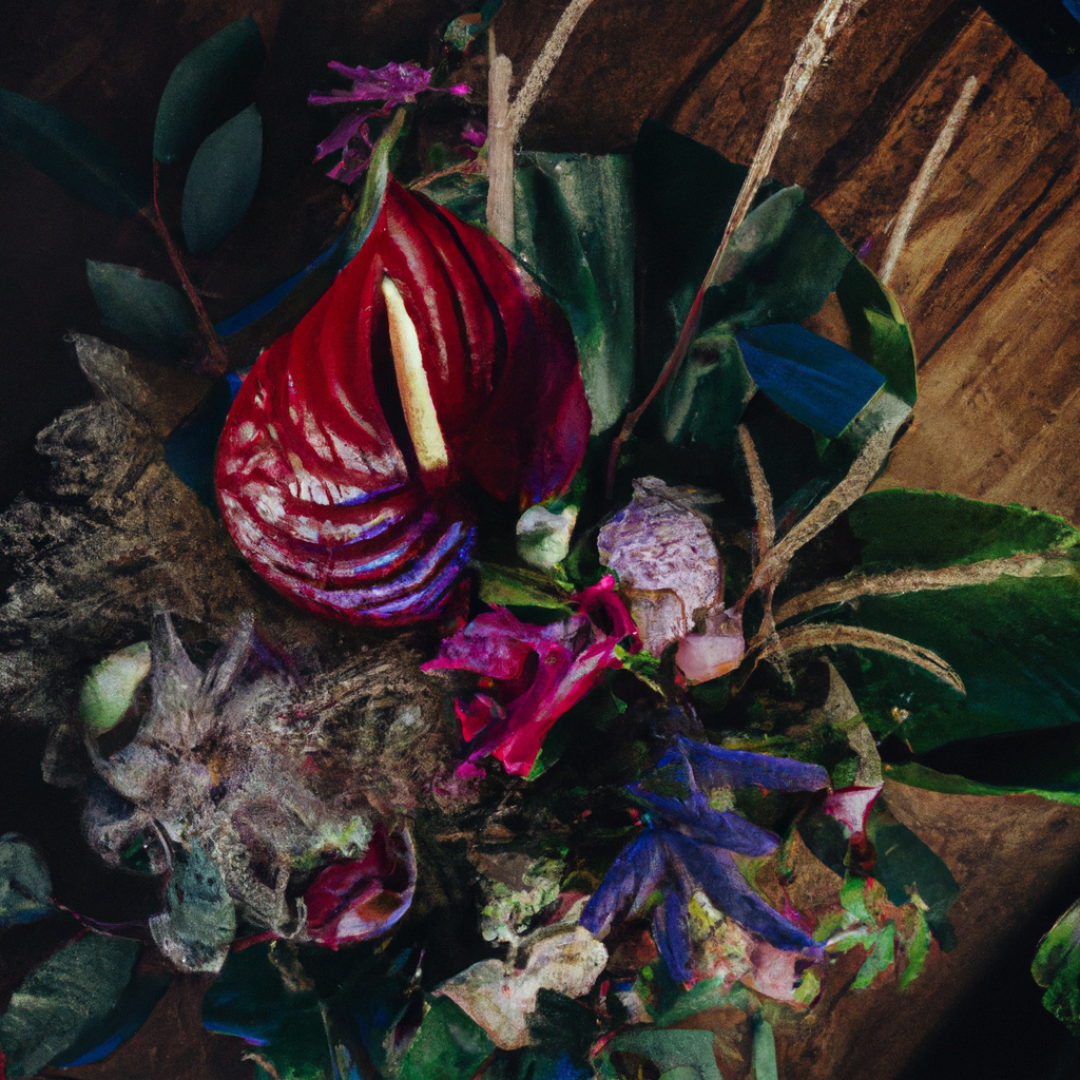
What makes this palette even more captivating is the addition of green and pinkish grey flowers. The green foliage helps to soften the intensity of the red and blue, providing a natural, grounding element that ties everything together. Meanwhile, the dusty pink flowers introduce a delicate, romantic touch that contrasts with the darker tones, adding a layer of softness and complexity to the arrangement.
This approach can be translated into your home décor as well. Imagine a living room with deep blue walls, accented with rich red furnishings and dark green plants. The addition of soft pink cushions or a throw can help to break up the intensity, creating a space that feels both cosy and elegant. This colour combination is perfect for those who love a dramatic, moody atmosphere that still feels inviting and harmonious.
Softer Tones: Dusky Pinks and Powdery Blues
If deep, bold colours aren’t your style, you might prefer a more muted, understated version of the red and blue palette. The second photo showcases a similar floral arrangement to the first, but with far less saturated tones. Here, dusky pink and powdery soft blue provide gentle support for the equally soft burgundy flower.
The beauty of this palette lies in its subtlety. The soft blue flowers have a powdery, almost ethereal quality, while the dusky pinks add a warm, comforting touch. The combination of these with the several tones of green in the foliage creates a balanced, harmonious look that’s both serene and sophisticated.
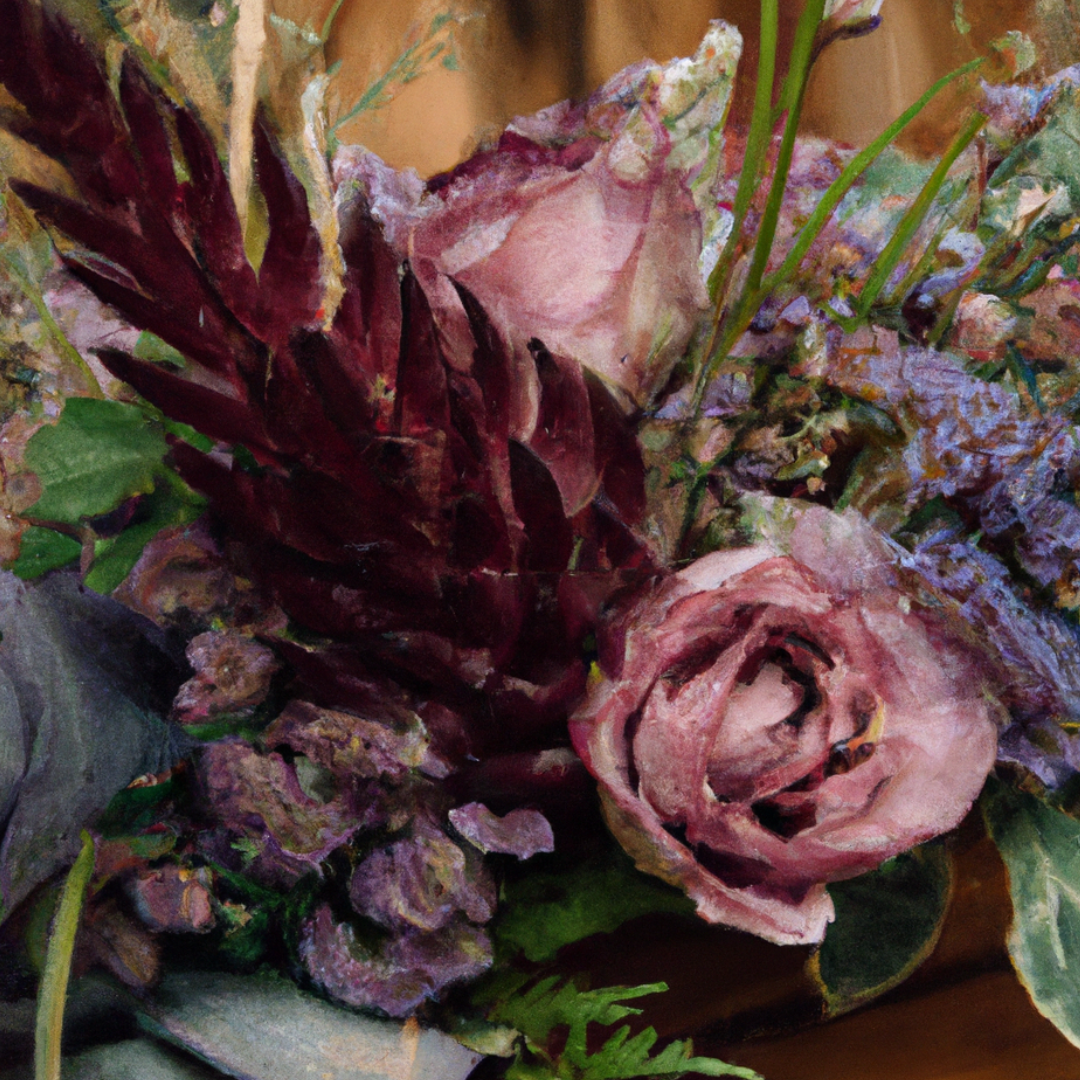
This softer interpretation of red and blue is ideal for spaces where you want to create a peaceful, relaxing atmosphere. It’s a perfect example of how the red and blue combination can be adapted to suit different moods and styles, from bold and dramatic to soft and serene.
Vibrant and Confident: Red, Yellow, and Blue Together
If you’re feeling bold and want to make a statement, why not take the red and blue combination to the next level by adding a third primary colour: yellow.
Red, yellow, and blue together create a colour palette that’s dynamic and playful, perfect for anyone who loves to stand out. Each color is bold and vibrant on its own, but when combined, they create a harmonious yet eye-catching ensemble. This combination is ideal for those who aren’t afraid to experiment with colour and want to create a look that’s both fun and fashion-forward.
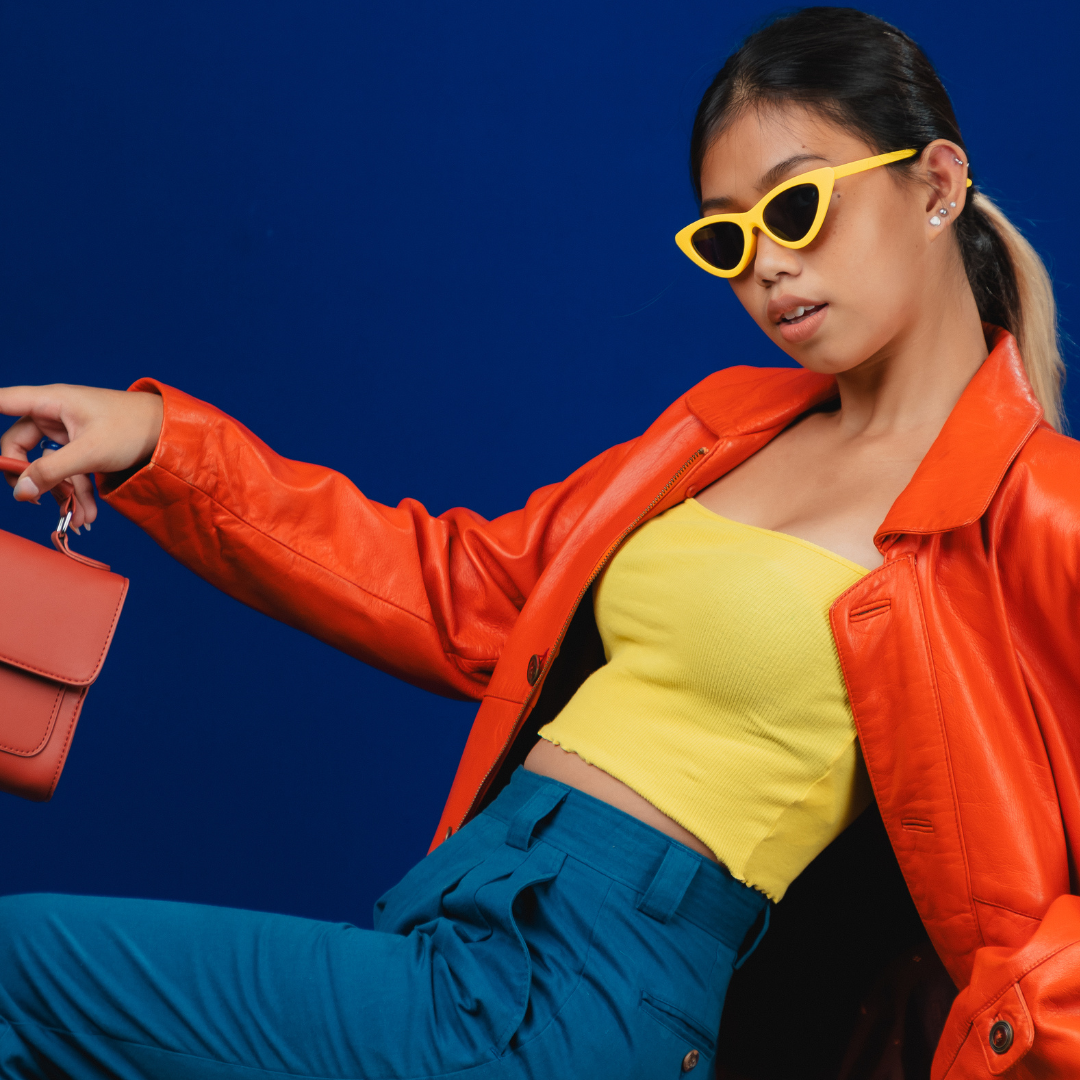
To pull off this look, it’s all about balance. You don’t want any one colour to overpower the others, so try to distribute them evenly throughout your outfit. You might try a yellow top with blue jeans and a red jacket. The key is to have fun with it and let your personality shine through.
Muted and Modern: Denim Blue and Deep Red
For those who prefer a more understated approach, muted tones offer a sophisticated alternative to the bold primaries. This deep red leather jacket against worn mid-tone jeans is a perfect example of how muted tones can create a modern, stylish look.
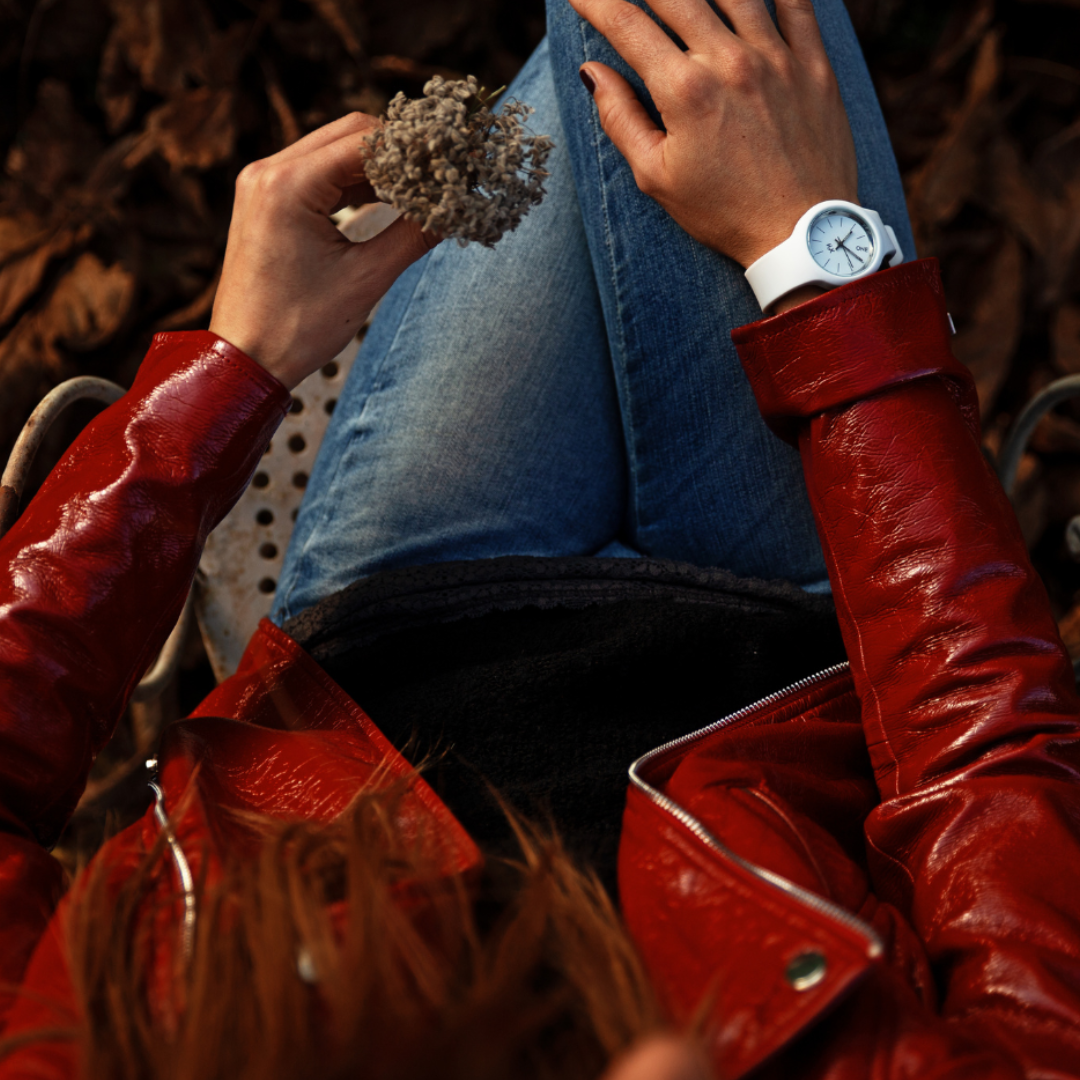
Petrol blue (an underrated hue) is a softer, more muted version of blue that has a slight green undertone, making it a versatile choice for both fashion and interiors. When paired with a deep red, the result is a palette that’s rich and luxurious without being overpowering. This combination works beautifully in a variety of settings, from a casual weekend outfit to a chic, everyday look.
Harmonious Accessories: Creating a Cohesive Palette
While red and blue are a powerful duo, they can be even more impactful when supported by other colours. The final image shows a beautifully designed white room with green, blue, and red accessories, all perfectly in sync with each other. This room demonstrates how to create a cohesive, harmonious palette by carefully choosing supporting colours.
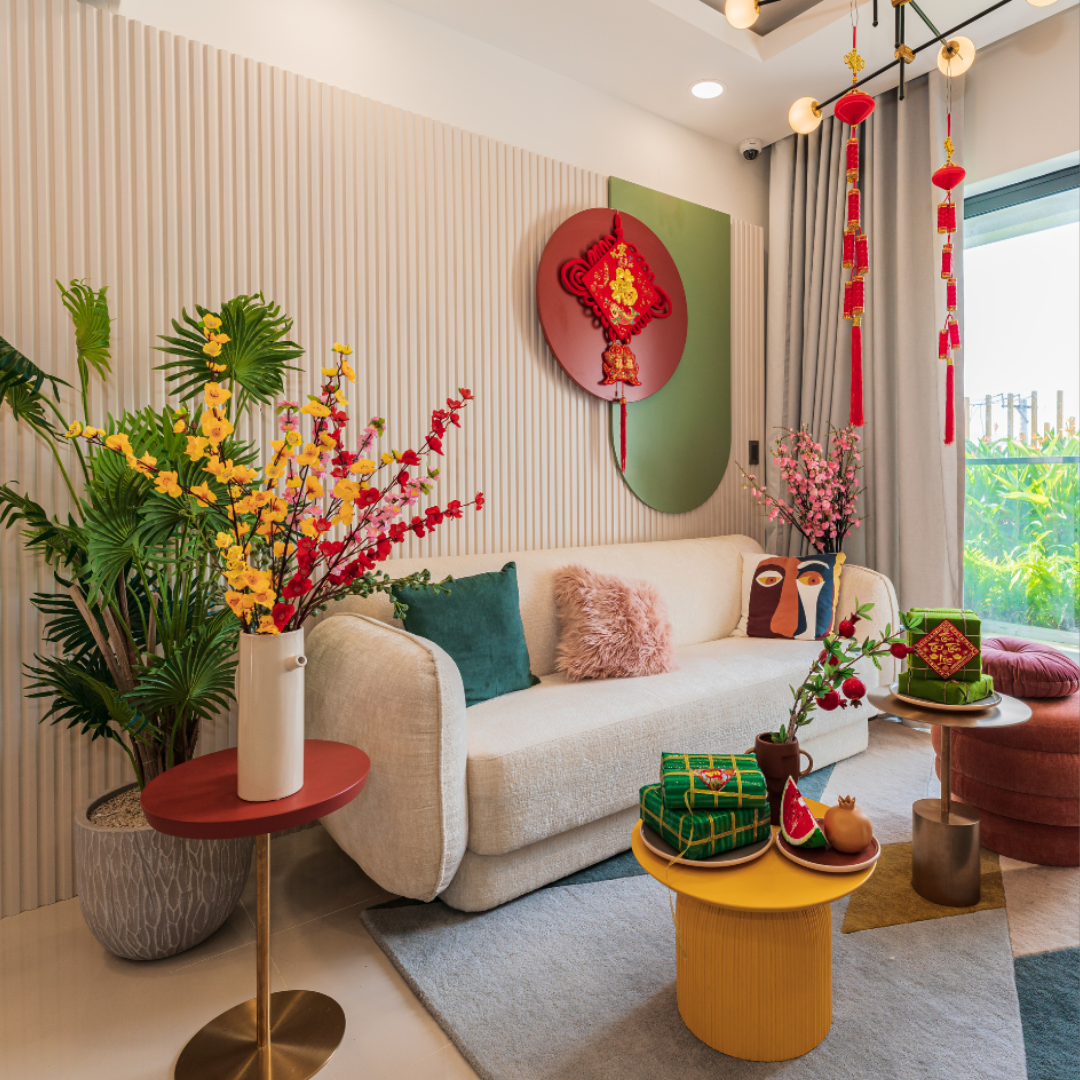
In this space, the white walls and furniture provide a neutral backdrop that allows the colourful accessories to shine. The green accessories add a natural, grounding element, while the blue and red pieces bring vibrancy and energy. Together, these colours create a balanced, harmonious look that feels both fresh and inviting.
When working with red and blue, it’s important to consider the supporting colours you choose. Green is a natural choice because it’s complementary to red on the colour wheel, creating a pleasing contrast that’s both bold and harmonious. White, as we’ve seen, adds a crisp, clean feel that helps to balance the intensity of red and blue.
But you can also experiment with other colours to see what works best for your space or outfit. For example, adding yellow accents to a red and blue room can create a playful, energetic vibe, while introducing soft pinks can add a touch of romance and softness. The key is to find a balance that works for you, creating a look that feels both cohesive and unique.
Final Thoughts: Embracing the Versatility of Red and Blue
Red and blue are classic colours for a reason—they’re bold, versatile, and timeless. Whether you prefer deep, dramatic tones or soft, muted hues, there are endless ways to incorporate this iconic colour combination into your home and wardrobe.
